Gem Profile- Rhyolite
When I was a child, my family took a vacation to Yellowstone every year where I ended up with more pictures of the rocks than of the geysers. One year we took a trip to Crater Lake in Oregon and I was amazed at the Lake and the absolute power of the volcano that created it. Later on, I watched in fascination as Mt. St. Helens exploded causing the same destruction as a 5-mega-ton bomb. At this point I thought that all volcanoes acted the same; they exploded causing major damage. It wasn't until after I visited Hawaii that I really began to research and discover the differences not only in volcanoes, but in the types of magma and lava that create them. One of these types of lava is the subject of this profile; Rhyolite.
What is Rhyolite?
Rhyolite gets its name from the Greek word Rhyax meaning stream which describes the way the lava flows forming visible bands in the rock. Another name you may see for Rhyolite is Rainforest Jasper, which is a bit of a misnomer. Jasper is a metamorphic silicate rock that has small crystals and high silicon content. It looks almost like Rhyolite, and contains almost the same minerals which could explain the name. The Rhyolite that is named Rainforest Jasper is found mainly in Australia and is a lime green stone with crystals of purple and clear quartz suspended in the matrix.
Rhyolite is an extrusive igneous rock with the same chemical composition as Granite. Remember that "extrusive" means that it is "pushed out" or extruded from the ground, and igneous means that it comes from magma. Rhyolite is also highly viscous...it doesn't flow well...and tends to cool quickly and "plug" a volcano which can cause a very violent eruption after gasses build up.
A 7-pound chunk of "Rainforest Jasper" rough, similar in looks to Ocean Jasper. Private collection, Dale Armstrong
Rhyolite gets its name from the Greek word Rhyax meaning stream which describes the way the lava flows forming visible bands in the rock. Another name you may see for Rhyolite is Rainforest Jasper, which is a bit of a misnomer. Jasper is a metamorphic silicate rock that has small crystals and high silicon content. It looks almost like Rhyolite, and contains almost the same minerals which could explain the name. The Rhyolite that is named Rainforest Jasper is found mainly in Australia and is a lime green stone with crystals of purple and clear quartz suspended in the matrix.
Rhyolite is an extrusive igneous rock with the same chemical composition as Granite. Remember that "extrusive" means that it is "pushed out" or extruded from the ground, and igneous means that it comes from magma. Rhyolite is also highly viscous...it doesn't flow well...and tends to cool quickly and "plug" a volcano which can cause a very violent eruption after gasses build up.
A 7-pound chunk of "Rainforest Jasper" rough, similar in looks to Ocean Jasper. Private collection, Dale Armstrong

About Rhyolite
When Rhyolite erupts, it can form several different types of stone. The pumice we use for cosmetic or decorative purposes is Rhyolite with lots of air bubbles trapped within it. The Maori of New Zealand used Rhyolite that had cooled quickly not allowing gas bubbles to form for their obsidian weapons. We also see Rhyolite that has cooled at different rates forming either a light-colored stone with very small grains or a more porphyritic texture which has larger grains suspended in a "glassy" matrix. This later type of Rhyolite is the kind we use in making jewelry and can contain quartz, mica, chalcedony, feldspar and other minerals that form larger visible crystals as it cools. As a general rule; the longer it takes a rock to cool, the larger the crystals that form within it. In the case of Rhyolite, the lava cools very quickly and often doesn't have the larger crystals, making the stone we use for jewelry fairly rare.
Polished Rhyolite cabochon at a gem show in Tucson. See the pretty windows in the stone?
When Rhyolite erupts, it can form several different types of stone. The pumice we use for cosmetic or decorative purposes is Rhyolite with lots of air bubbles trapped within it. The Maori of New Zealand used Rhyolite that had cooled quickly not allowing gas bubbles to form for their obsidian weapons. We also see Rhyolite that has cooled at different rates forming either a light-colored stone with very small grains or a more porphyritic texture which has larger grains suspended in a "glassy" matrix. This later type of Rhyolite is the kind we use in making jewelry and can contain quartz, mica, chalcedony, feldspar and other minerals that form larger visible crystals as it cools. As a general rule; the longer it takes a rock to cool, the larger the crystals that form within it. In the case of Rhyolite, the lava cools very quickly and often doesn't have the larger crystals, making the stone we use for jewelry fairly rare.
Polished Rhyolite cabochon at a gem show in Tucson. See the pretty windows in the stone?

Finding Rhyolite: Road Trip!
I thought this week we'd take a special look at the town of Rhyolite, Nevada! Yes, there is a town called Rhyolite, it's a ghost town now, but was a booming gold mine in the early 1900's. Rhyolite is on the way to Death Valley, California near Beatty Nevada. You guessed it! The town was named after the plentiful Rhyolite stone in the area and sits in the middle of the bullfrog mining district and was the largest town in the area for about 10 years. Camping facilities are located in Beatty and the town is open for exploration and rock-hounding in the Rhyolite hills. Who knows, in addition to beautiful specimens of Rhyolite, you may even find some gold and start your own mining boom town!
Aren't these Rhyolite beads beautiful? The good news, they are available on Wirejewelry.com
I thought this week we'd take a special look at the town of Rhyolite, Nevada! Yes, there is a town called Rhyolite, it's a ghost town now, but was a booming gold mine in the early 1900's. Rhyolite is on the way to Death Valley, California near Beatty Nevada. You guessed it! The town was named after the plentiful Rhyolite stone in the area and sits in the middle of the bullfrog mining district and was the largest town in the area for about 10 years. Camping facilities are located in Beatty and the town is open for exploration and rock-hounding in the Rhyolite hills. Who knows, in addition to beautiful specimens of Rhyolite, you may even find some gold and start your own mining boom town!
Aren't these Rhyolite beads beautiful? The good news, they are available on Wirejewelry.com

Since Rhyolite is a fairly common rock and found on every continent, if you're going rock-hounding keep in mind that it is a light colored stone with few visible crystals can also be pumice or obsidian and is the same chemical formula as granite. It's also a 6-7 on the Mohs scale and has been used is ornamental carvings and jewelry throughout history. Even though Rhyolite is fairly common, it is still a bit of a mystery, especially when you consider the crystals that form within the matrix. Some of the crystals form at different temperatures than the cooling stone, and some are formed at great depths within the earth making Rhyolite a very special and interesting stone indeed!
Resources & Recommended Reading
Rhyolie on USGS.gov
Rhyoliste on Backroads West.com
Wikipedia
Rhyolie on USGS.gov
Rhyoliste on Backroads West.com
Wikipedia
Materials

Wire

Rhyolite Beads

Rhyolite Birds Eye Beads

Bird's Eye Rhyolite 12mm Round Beads - 8 Inch Strand
A1-39
- Lesson Quantity: 1.00 pieces
- Purchase Quantity: 1.00 each
- Price: $8.08
- Gold Club Price: $6.06

Bird's Eye Rhyolite 7x12mm Faceted Nugget Beads - 8 Inch Strand
A1-46
- Lesson Quantity: 1.00 pieces
- Purchase Quantity: 1.00 each
- Price: $16.97
- Gold Club Price: $12.73

Rhyolite 8mm Round Beads - 8 Inch Strand
A1-418
- Lesson Quantity: 1.00 pieces
- Purchase Quantity: 1.00 each
- Price: $6.28
- Gold Club Price: $4.71

Rhyolite 7x12mm Faceted Nugget Beads - 8 Inch Strand
A1-417
- Lesson Quantity: 1.00 pieces
- Purchase Quantity: 1.00 each
- Price: $16.97
- Gold Club Price: $12.73
Tools

Ultimate wire-pliers Set
G15-20
- G15-20
- Lesson Quantity: 1.00 pieces
- Purchase Quantity: 1.00 each
- Price: $99.95
- Gold Club Price: $74.96

Bench Tools
- Category: General Education
- Technique(s): General Education






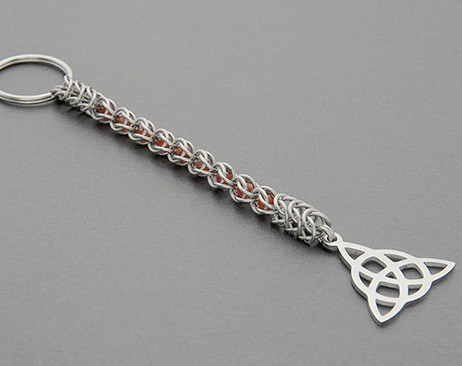

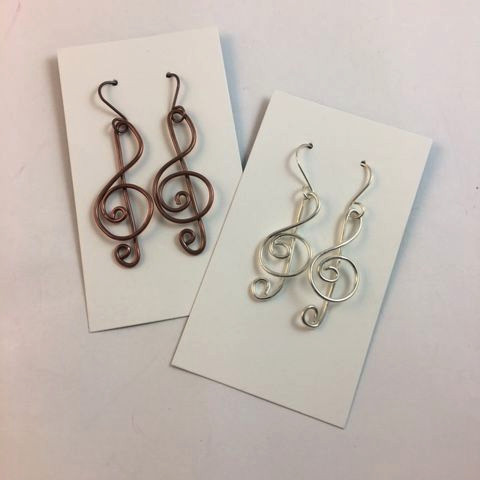

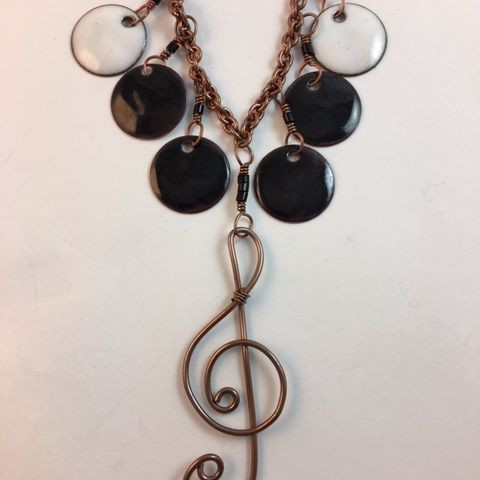
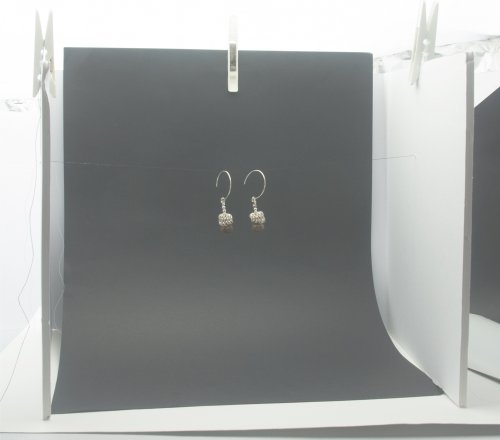
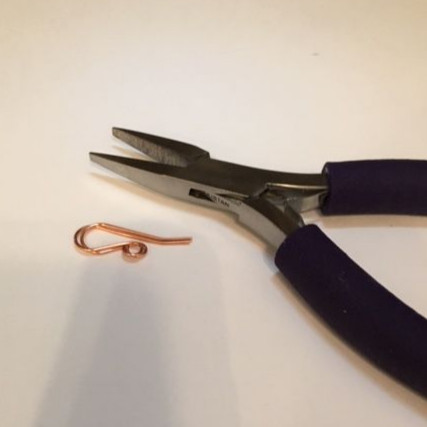
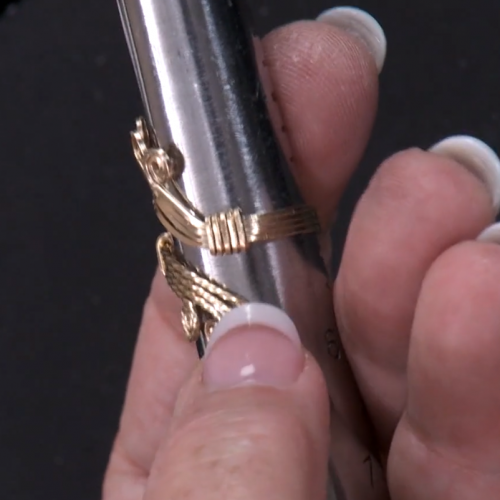


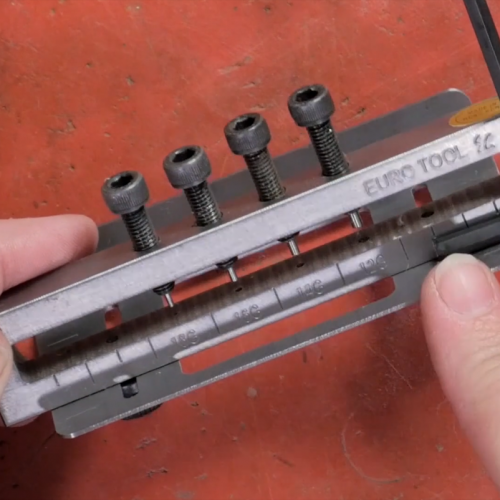
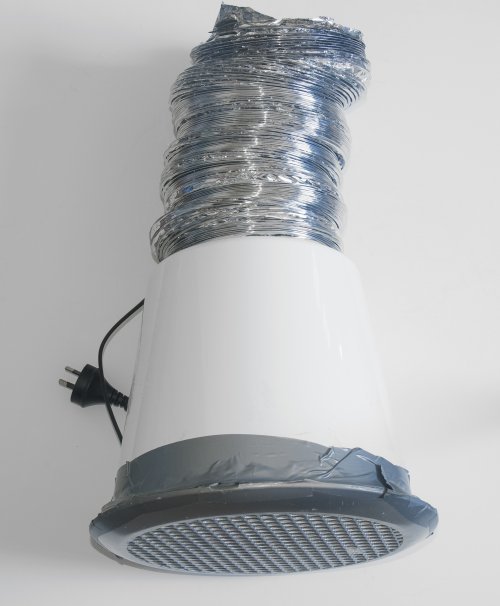

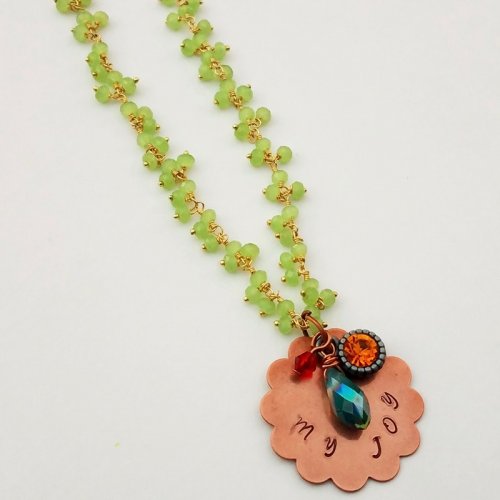



 Gem Profile- Moissanite
Gem Profile- Moissanite Birthstone Swarovski Colors
Birthstone Swarovski Colors Gem profile- Paua and Abalone
Gem profile- Paua and Abalone Tips for Tucson Shopping- Gem Show Secrets
Tips for Tucson Shopping- Gem Show Secrets About Jewelry Chain- About Ball Chain
About Jewelry Chain- About Ball Chain About Jewelry Chain- Snake Chain and Omega Chain
About Jewelry Chain- Snake Chain and Omega Chain About Jewelry Chain- Bar Chain and Peanut Chain
About Jewelry Chain- Bar Chain and Peanut Chain About Jewelry Chain- Cable Chain and Rolo Chain
About Jewelry Chain- Cable Chain and Rolo Chain About Jewelry Chain- Curb Chain and Gourmette Chain
About Jewelry Chain- Curb Chain and Gourmette Chain About Jewelry Chain- Figaro Chain
About Jewelry Chain- Figaro Chain About Jewelry Chain- Infinity Chain and Anchor Chain
About Jewelry Chain- Infinity Chain and Anchor Chain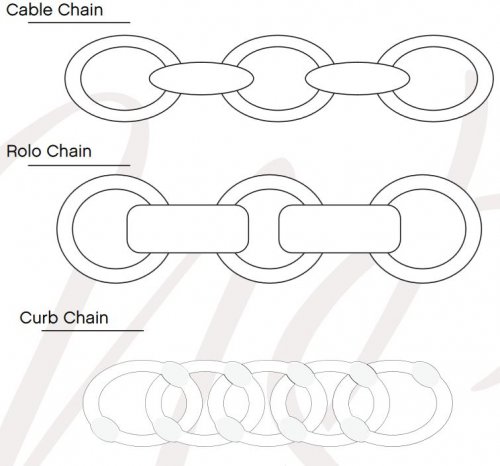 About Jewelry Chain- Chain Reference Sheet
About Jewelry Chain- Chain Reference Sheet About Jewelry Chain- Venetian Chain and Box Chain
About Jewelry Chain- Venetian Chain and Box Chain About Jewelry Chain- Wheat Chain and Rope Chain
About Jewelry Chain- Wheat Chain and Rope Chain Introduction to Chain
Introduction to Chain Access More Money by Making Jewelry When Your Prices Are Right
Access More Money by Making Jewelry When Your Prices Are Right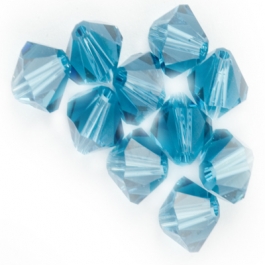 An Introduction to Beads and Beading
An Introduction to Beads and Beading Common Gemstone Misconceptions
Common Gemstone Misconceptions Wire Wrapped Christmas Tree
Wire Wrapped Christmas Tree How To Polish Metal Jewelry using a Rotary Tumbler
How To Polish Metal Jewelry using a Rotary Tumbler How To Polish Your Own Rocks using a Rotary Rock Tumbler
How To Polish Your Own Rocks using a Rotary Rock Tumbler How to Merchandise Your Jewelry on the Internet
How to Merchandise Your Jewelry on the Internet How to Use Twitter as a Wire Jewelry Artist
How to Use Twitter as a Wire Jewelry Artist 20 Ideas to get your Jewelry Biz Busy
20 Ideas to get your Jewelry Biz Busy Watching the Precious Metals Market
Watching the Precious Metals Market Jewelry Design Ideas - Get Inspired
Jewelry Design Ideas - Get Inspired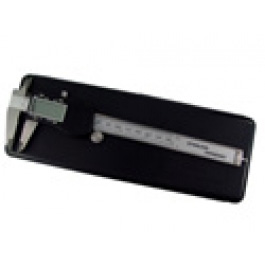 Measuring Tools
Measuring Tools July Birthstone - The Ruby
July Birthstone - The Ruby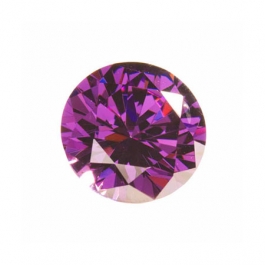 February Birthstone- Amethyst
February Birthstone- Amethyst March Birthstone - Aquamarine and Bloodstone
March Birthstone - Aquamarine and Bloodstone September Birthstone - Sapphire
September Birthstone - Sapphire November Birthstones - Topaz and Citrine
November Birthstones - Topaz and Citrine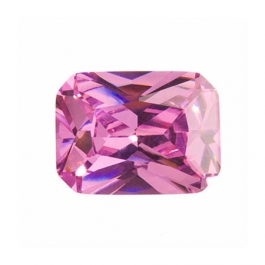 October Birthstones - Rose Zircon, Pink Tourmaline and Opal
October Birthstones - Rose Zircon, Pink Tourmaline and Opal April Birthstone - The Diamond
April Birthstone - The Diamond August Birthstone - Peridot and Sardonyx
August Birthstone - Peridot and Sardonyx June Birthstones - Alexandrite, Pearl and Moonstone
June Birthstones - Alexandrite, Pearl and Moonstone Metalsmithing
Metalsmithing Featured Tool - Mini TruStrike Hammers
Featured Tool - Mini TruStrike Hammers Natural Jasper Stones - Cabochon Gemstones
Natural Jasper Stones - Cabochon Gemstones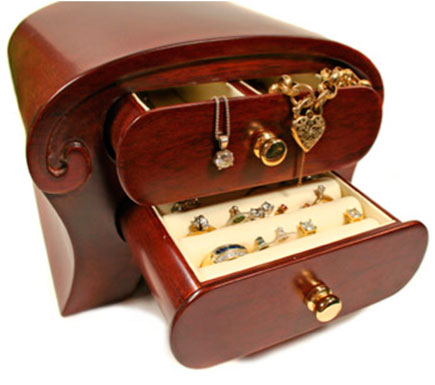 Organize Your Jewelry Box
Organize Your Jewelry Box Pearls- It's a Cultural Thing
Pearls- It's a Cultural Thing Soldering 101
Soldering 101 Starting Your Own Home Jewelry Business
Starting Your Own Home Jewelry Business The Art of Creating Chainmail
The Art of Creating Chainmail Why Should I Be Using Facebook
Why Should I Be Using Facebook Make Handmade Neck Cords on a Dime
Make Handmade Neck Cords on a Dime Tagging Handmade Jewelry Gifts
Tagging Handmade Jewelry Gifts Share Your Expertise with Your Community
Share Your Expertise with Your Community Creating Color Schemes for Jewelry Making
Creating Color Schemes for Jewelry Making Bronze, Brass, Nickel Silver and Copper Base Metals
Bronze, Brass, Nickel Silver and Copper Base Metals Gemstone Treatments
Gemstone Treatments How Wire is Made
How Wire is Made Beading A-B-C's
Beading A-B-C's How to Set Up Your Workspace
How to Set Up Your Workspace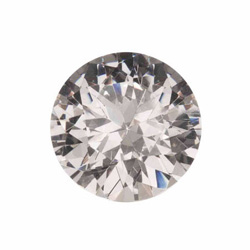 Gem Profile- Diamond
Gem Profile- Diamond Gem Profile- Peridot
Gem Profile- Peridot Gem Profile- Goldstone
Gem Profile- Goldstone Gem Profile- Cryptocrystalline Quartz Introduction
Gem Profile- Cryptocrystalline Quartz Introduction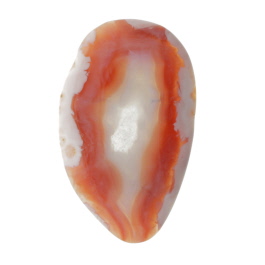 Gem Profile- Banded Agate and Brecciated Agate
Gem Profile- Banded Agate and Brecciated Agate Gem Profile- Emerald
Gem Profile- Emerald Gem Profile- Titanite or Sphene
Gem Profile- Titanite or Sphene Gem Profile- Morganite
Gem Profile- Morganite Gem Profile- Desert Rose
Gem Profile- Desert Rose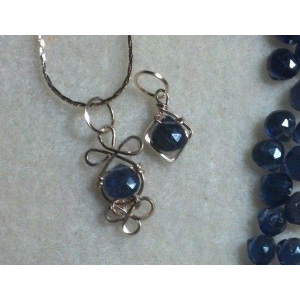 Gem Profile- Iolite
Gem Profile- Iolite Gem Profile- Zultanite
Gem Profile- Zultanite Gem Profile- Maw Sit Sit
Gem Profile- Maw Sit Sit Gem Profile- Tanzanite
Gem Profile- Tanzanite Gem Profile- Aquamarine
Gem Profile- Aquamarine Gem Profile- Turquoise
Gem Profile- Turquoise Gem Profile- Turquoise Types
Gem Profile- Turquoise Types Gem Profile- What's Druze
Gem Profile- What's Druze Gem Profile- Basalt
Gem Profile- Basalt Gem Profile- Fordite
Gem Profile- Fordite Gem Profile- Variscite
Gem Profile- Variscite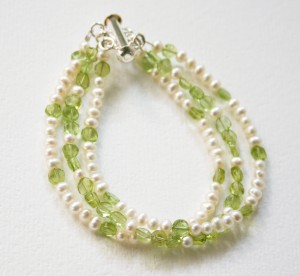 Gem Profile- Pearls
Gem Profile- Pearls Gem Profile- Onyx
Gem Profile- Onyx Gem Profile- Sunstone
Gem Profile- Sunstone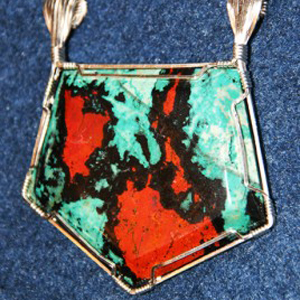 Gem Profile- Sonora Sunrise
Gem Profile- Sonora Sunrise Gem Profile- Rhodonite
Gem Profile- Rhodonite Gem Profile- Glass, Crystal and Quartz
Gem Profile- Glass, Crystal and Quartz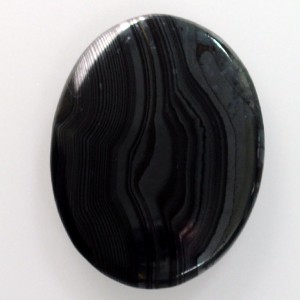 Gem Profile- Psilomelane
Gem Profile- Psilomelane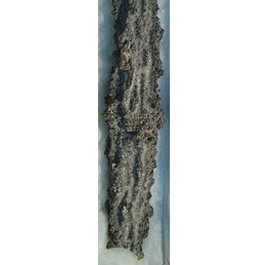 Gem Profile- Fulgurite
Gem Profile- Fulgurite Gem Profile- Cat's Eye
Gem Profile- Cat's Eye Gem Profile- Carnelian
Gem Profile- Carnelian Gem Profile- Petoskey Stones and Indonesian Fossil Coral
Gem Profile- Petoskey Stones and Indonesian Fossil Coral Gem Profile- Rutilated Quartz
Gem Profile- Rutilated Quartz Gem Profile- Chrysocolla
Gem Profile- Chrysocolla Gem Profile- Jet
Gem Profile- Jet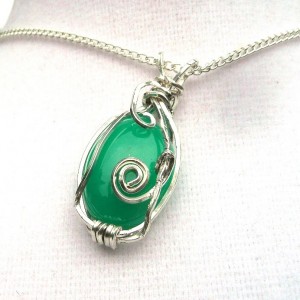 Gem Profile- Chrysoprase
Gem Profile- Chrysoprase Gem Profile- Chalcedony
Gem Profile- Chalcedony Gem Profile- Lepidolite and Sugilite
Gem Profile- Lepidolite and Sugilite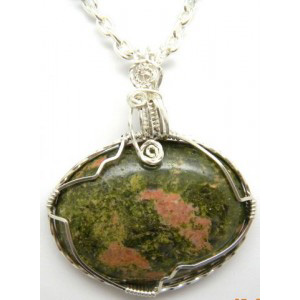 Gem Profile- Unakite
Gem Profile- Unakite Gem Profile- Cowrie Shells, Conch Shells, and Drilling Shells
Gem Profile- Cowrie Shells, Conch Shells, and Drilling Shells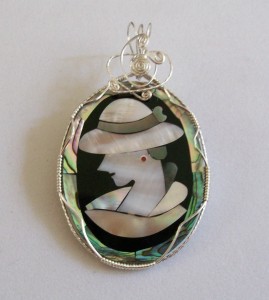 Gem Profile- Mother of Pearl
Gem Profile- Mother of Pearl Gem Profile- Moss Agate and Plume Agate
Gem Profile- Moss Agate and Plume Agate Gem Profile- Thundereggs and Mexican Lace Agate
Gem Profile- Thundereggs and Mexican Lace Agate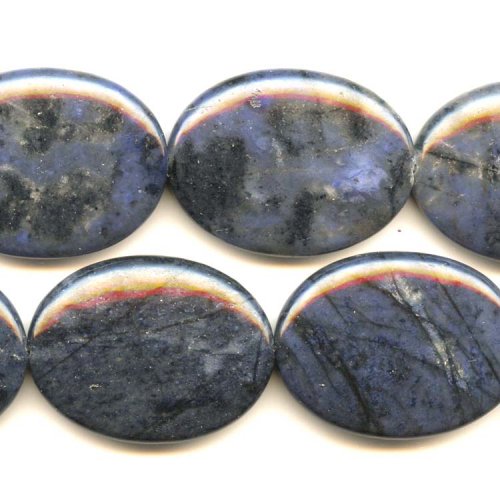 Gem Profile- Dumortierite
Gem Profile- Dumortierite Gem Profile- Apatite
Gem Profile- Apatite Gem Profile- Blue Topaz
Gem Profile- Blue Topaz Gem Profile- Aragonite
Gem Profile- Aragonite Gem Profile- Zircon and Cubic Zirconia
Gem Profile- Zircon and Cubic Zirconia Gem Profile- Topaz
Gem Profile- Topaz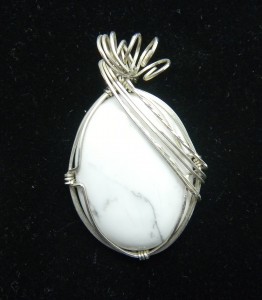 Gem Profile- Howlite
Gem Profile- Howlite Gem Profile- Sodalite
Gem Profile- Sodalite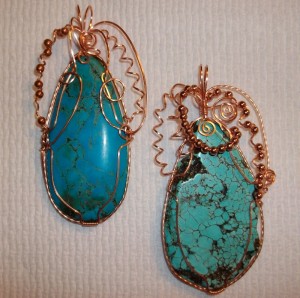 Gem Profile- Magnesite
Gem Profile- Magnesite Gem Profile- Cuprite
Gem Profile- Cuprite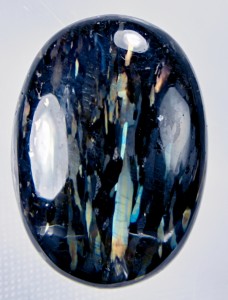 Gem Profile- Nuummite
Gem Profile- Nuummite Gem Profile- Bronzite
Gem Profile- Bronzite Gem Profile- Kyanite
Gem Profile- Kyanite Gem Profile- Hematite
Gem Profile- Hematite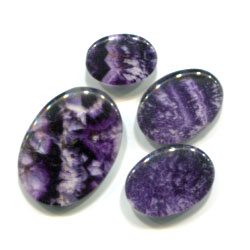 Gem Profile- Derbyshire Blue John
Gem Profile- Derbyshire Blue John Gem Profile- Eilat Stone
Gem Profile- Eilat Stone Gem Profile- Vesuvianite
Gem Profile- Vesuvianite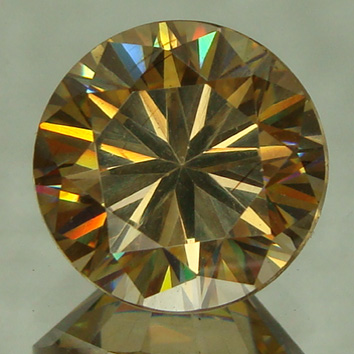 Gem Profile- Strontium Titanate -Fabulite
Gem Profile- Strontium Titanate -Fabulite Gem Profile- Tourmaline
Gem Profile- Tourmaline Gem Profile- Larimar
Gem Profile- Larimar Gem Profile- Garnet
Gem Profile- Garnet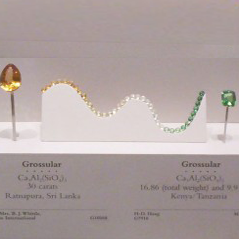 Gem Profile- Tsavorite and Green Garnets
Gem Profile- Tsavorite and Green Garnets Gem Profile- Seraphinite
Gem Profile- Seraphinite Gem Profile- Serpentine
Gem Profile- Serpentine American Wire Gauge
American Wire Gauge Viking Knit Chain and I Cord Chain
Viking Knit Chain and I Cord Chain Copper Roses
Copper Roses How to Make Medical ID Bracelets Special
How to Make Medical ID Bracelets Special Remembering the Fallen
Remembering the Fallen


